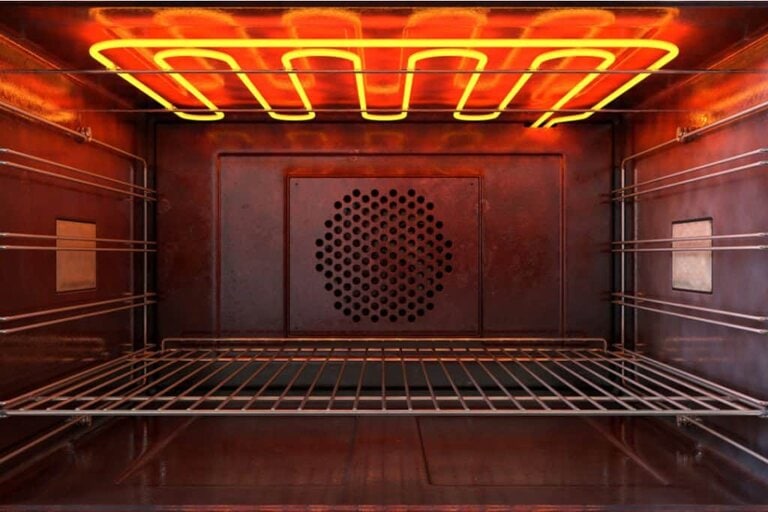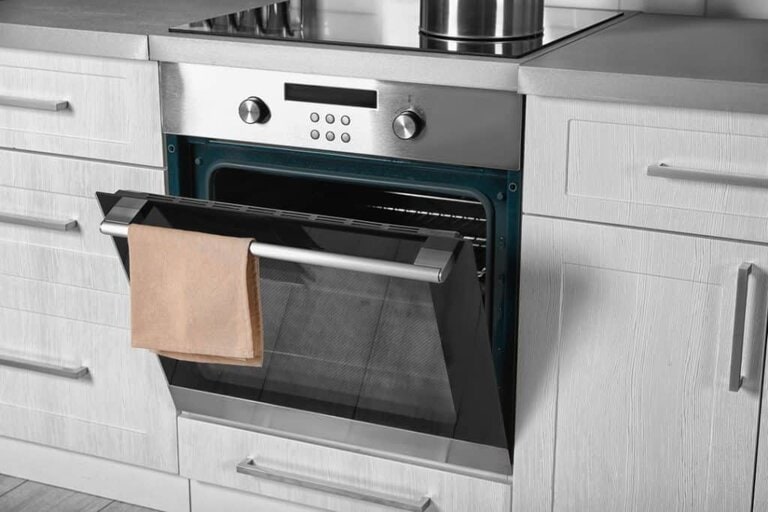Ovens vary drastically in terms of amps used based on several different factors such as their size and the settings used. A standard-sized electric oven will use approximately 20-30 amps during use but your oven may be much different from this figure.
In these modern times, we’ve never been more aware of exactly how much energy we’re using. This can lead many to wonder what the power output of their appliance is, including how many watts, volts, and amps they use.
For someone who isn’t comfortable with these terms, it can be a little hard to understand. Amps are the current on which the oven runs and watts are the energy consumption of running that oven.
Each appliance has different amp requirements depending on the type, model, and quality of the oven. The amount of amps an appliance used is directly related to how much voltage comes through the outlet and the wattage of the appliance.
Here we’ll take a close look at how many amps does an oven use as well as giving you all the info you need to make sense of the numbers. Let’s get started.

Working Out Your Amperage
If you’re unsure of the amps of your oven but know the other electrical specifications, then it’s fairly easy to work out. There is a basic formula of watts = amps x volts and we can write this another way of amps = watts / volts.
While standard outlets in the USA have 120 volts, high-energy appliances such as electric ovens may be connected to a 240-volt outlet, so it’s a good idea to check this.
Here’s an example of amps used. If you have a 4,000-watt oven with a 120-volt supply then you can use the formula. 4,000 divided by 120 is 33.3, so therefore that is the number of amps your oven is using.
Of course, the watts that an oven uses can change depending on the settings you use, and therefore the amps drawn will change with it.
Amp Use of Different Ovens
Depending on the type, size and power needed to run an oven, the amp usage can vary a lot. Here we have mentioned a few different types of ovens and the amperes needed for them to function.
Electrical Oven
These are the hardest to give an accurate figure on because one electric oven can be very different from the next. Electric ovens have one of the higher power consumptions which can be anywhere up to 5,000 watts, which for a 120v supply would be 42 amps.
For 2,500 watts on a 240v supply, this would drop down to 10 amps so you can see how much difference there can be.
Toaster Oven
A toaster oven is much less power-hungry than an electric oven and will consume anything between 7 to 13 amps. They require a power of anything between 800 to 1500 watts and the assumption here is a standard US voltage of 120.
Pellet Oven
These ovens are considered to be friendly to the environment and use wood pallets as the main source of energy, thus they need very little electricity.
The average power consumption of palette ovens varies from 100 to 500 watts so, therefore, consume on average 0.8 to 4.32 amps.
Gas Oven
Gas ovens use gas as a source of energy and thus normally do not require much electricity to work. Most do have electrical features such as ignitors, digital displays, and lights.
If your gas oven does have these features then it’s likely that it will be drawing less than one amp.
Microwave
Aside from your electric oven, microwaves are one of the most power-consuming appliances in a common household. They can consume anything between 800 to 2000 watts of energy, depending on their size. They have anything from 10 amps to 17 amps of current usage.
What Affects the Power of an Oven
The power used by any oven depends on a lot of factors like size, materials used, brand, quality, etc. Let’s look at why the amps can change so much from one amp to the next.

Temperature settings
Some ovens can get a lot hotter than others and therefore need more power. Also, if the temperature is set lower, then the power use will be less. If your oven is rated for 5,000w but you’re not using its highest setting then the wattage, and therefore the amps, will be lower.
Size of oven
The larger the oven, the more energy is consumed to heat the entire space. A smaller oven will thus consume less power compared to a larger oven. You can use an analogy as having a heater in your living room during winter.
If you had a tiny heater and it’s freezing outside, it won’t do much to warm up the space. You’ll need much larger and more powerful heaters to get your living room to the temperature required. This is the same for ovens.
Quality
A low-quality oven may not have tight seals, be as conductive, or may not have a fan to aid convection. It may mean that these ovens need to work harder to achieve the same temperature as a more efficient oven.
This can be confusing as there are many factors that go into how an oven can achieve the temperature you set it for.
Check Your Oven Is Safe To Use
When dealing with household appliances it is imperative that the voltage and ampere of your appliance, and the house, match before you plug in the device.
There have been incidents of an appliance short-circuiting as it demands 240v but is plugged into an outlet having a voltage output of 120v.
Before plugging in the device you need to know how many amperes it will take out from the outlet and whether there is a mismatch. If there is a mismatch between the device, then you shouldn’t plug it in.
This is rarely a problem for domestic purchases but you can have issues if you’re buying international appliances which may have different energy standards. It’s always best to double-check before installation.
If you’re having such a powerful appliance installed such as an electric oven, it’s best to leave it up to a professional. They’ll know for sure whether or not your appliance is compatible.
Choosing a Circuit Breaker
A circuit breaker is a device that shuts down the flow of current between the switch and the device. It is there in case there is a dangerously high flow of current running through your wiring.
You need to make sure you choose a suitable circuit breaker so that issues can be avoided. If you’re installing a particularly powerful oven then your existing circuit breaker may not be suitable.
This can depend on the house that you’re living in. Many older circuit breakers were only designed to handle a maximum of 40 amps but newer systems can handle up to 55 amperes of current.
If the current goes higher than 55 amperes, then the circuit breaker will trip, but this current requirement is more than enough for standard household ovens.
FAQs On how many amps does an oven use
What amp do I need for an electric oven?
Most electric ovens will use around 20-30 amps but it’s best to have a circuit breaker rated to 50 amps or more to prevent it from tripping unnecessarily.
Is it expensive to run an oven?
Depending on the size, type, running time, and electrical consumption of the oven, the cost can vary. In the US on average the electricity rate is 13.9 cent per KWh.
How can I save electricity while using my oven?
Choose the smallest oven for your needs, keep it clean, don’t preheat it for too long, don’t overheat your food, and keep the door closed at all times.